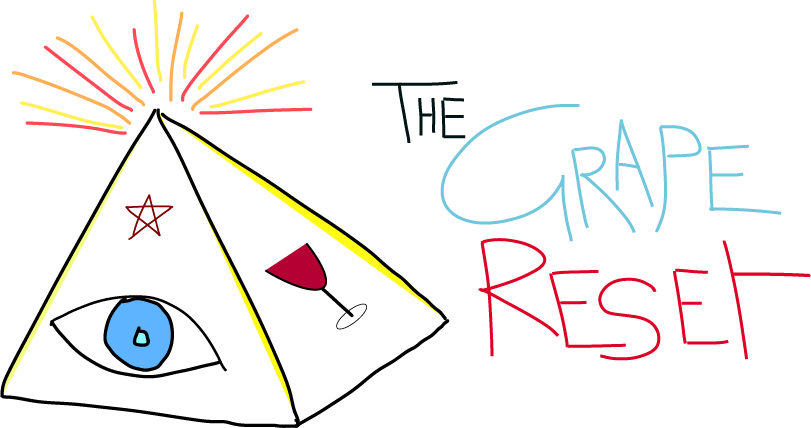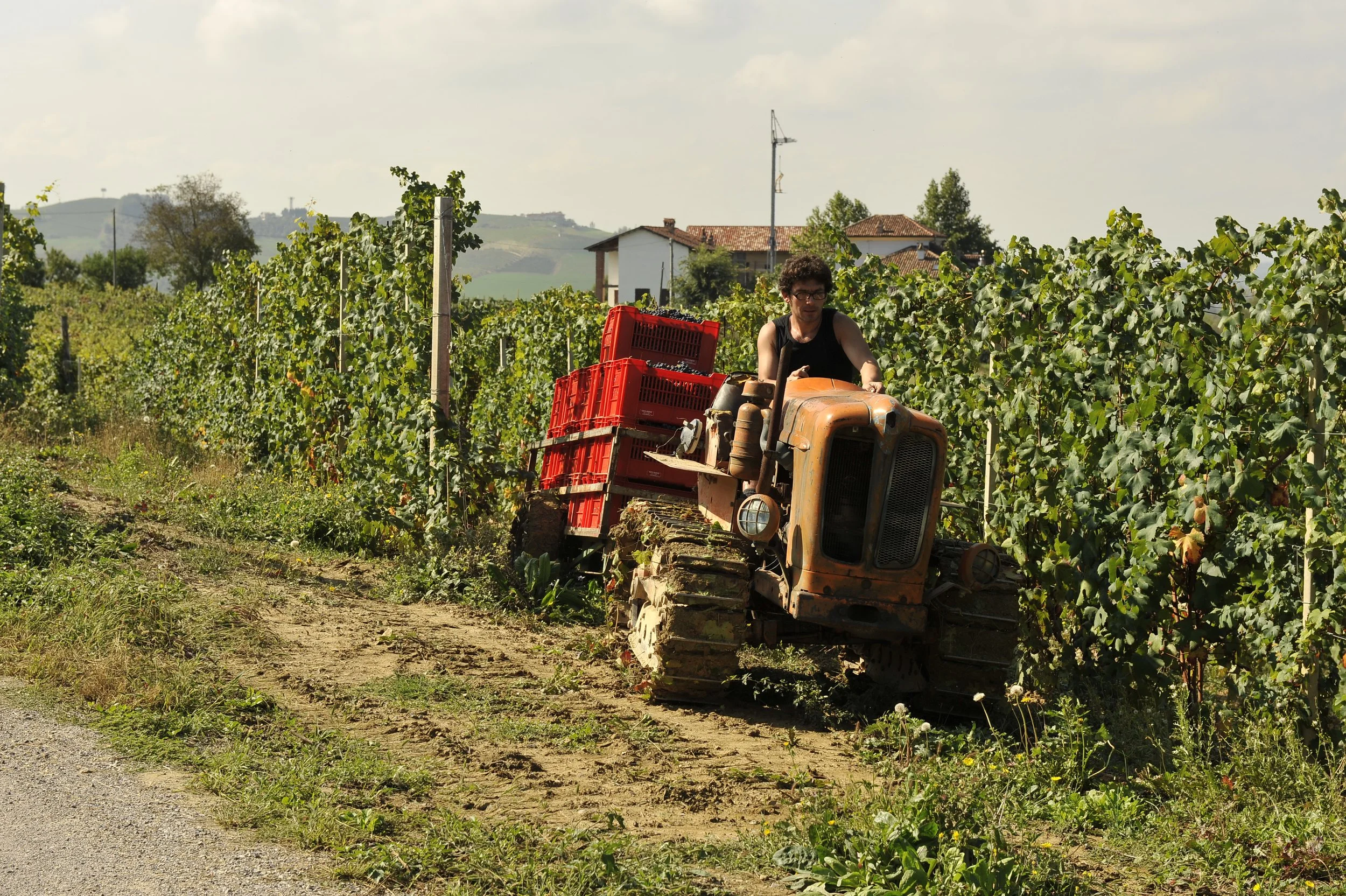Poderi Cellario
Location: Carrù, Langhe (Cuneo Province), Piedmont, Italy
Founders: Cellario family (now in its third generation: Fausto & Cinzia Cellario)
Total area: ~30 ha (13 ha under vine, remainder hazelnuts and woodland)
Elevation: 400–600 m a.s.l.
Certification: None (philosophically natural; low intervention)
Annual production: ~60,000–70,000 bottles
Poderi Cellario is a family-run wine estate rooted deep in the heart of Italy’s Langhe hills, in the village of Carrù (Piedmont). Led by the third generation, Fausto and Cinzia Cellario, the estate cultivates around 13 hectares of vineyards (and some hazelnut groves) in the south-western Langhe region.
Their philosophy centres on respect for the land. They work exclusively with indigenous Piedmontese grape varieties — prominently Dolcetto, along with Barbera, Nebbiolo, Favorita, Nascetta and others — and purposefully keep interventions to a minimum in both vineyard and cellar.
In the vineyards, sustainable practices prevail: hand-harvesting, minimal chemical input, and attentive soil care (cover-cropping, organic amendments) reflect the Cellario’s belief that the earth must be honoured in order for their wines to truly express their terroir.
In the cellar, the approach remains similarly authentic: spontaneous fermentations with indigenous yeasts, careful use (or avoidance) of sulphur, and ageing in neutral or large vessels (cement, big oak, amphora) all feature regularly. The result: wines that are lively, expressive, defined by place rather than heavy manipulation.
Though deeply grounded in Piedmontese tradition, the wines themselves balance rigour with approachability. As one observer notes: “the family has taken … their 30-hectare estate … and transformed it into one of the most dynamic wineries in the whole Langhe. … the wines are all about fun and celebration.”
Viticulture
Poderi Cellario farms hillside vineyards in the south-western Langhe near Carrù, on the border between the Langhe and Alta Langa. Soils are a mix of limestone, marl, and clay, providing natural freshness and mineral tension.
Varieties:
Red: Dolcetto, Barbera, Nebbiolo, Freisa, Pelaverga
White: Favorita (Vermentino), Nascetta, Moscato Bianco
Vine age: 15–50 years
Vine training: Guyot, with 4,500–5,000 plants/ha
Yields: Typically 40–55 hl/ha
Harvest: Manual, by parcel and variety, from late August through October
Vineyard management:
Spontaneous cover crops for nitrogen fixation
No herbicides or synthetic fertilizers
Minimal copper/sulphur use
Pruning and canopy management to control vigour naturally
Winemaking Philosophy
The Cellario approach is one of minimal intervention and maximum terroir expression — spontaneous fermentations, low sulphur, and no fining or filtration unless necessary.
Key techniques:
Fermentation: Native yeasts; temperature-controlled in cement or stainless steel.
Maceration: Typically 5–10 days for lighter reds, up to 30 days for Dolcetto Superiore or Nebbiolo.
Vessels: A mix of cement tanks, large Slavonian oak botti, and amphorae. No new oak is used.
Aging:
Dolcetto di Dogliani Superiore “Bricco Violino” – 12 months in large oak.
Nebbiolo Langhe “Galli” – 6–8 months in neutral oak or amphora.
Barbera “Edera” – partly in cement, partly in old tonneaux.
Favorita and Nascetta whites – fermented in steel or amphora, brief skin contact (1–3 days).
Sulphur: ≤ 30 mg/L total; some cuvées bottled with zero SO₂.
Filtration: None or coarse; wines are often bottled unfiltered to preserve texture and aromatics.
Bottling: On site, gravity-fed; crown caps for liter-bottles and pét-nats.
-
-
https://www.instagram.com/podericellario_wines
Come visit us in store!
Via Farigliano 23, 12061 Carrù, CN
Monday – Saturday 8.30am-12pm 2pm-6.30pm (Saturday with telephone notice)
Closed on Sunday


